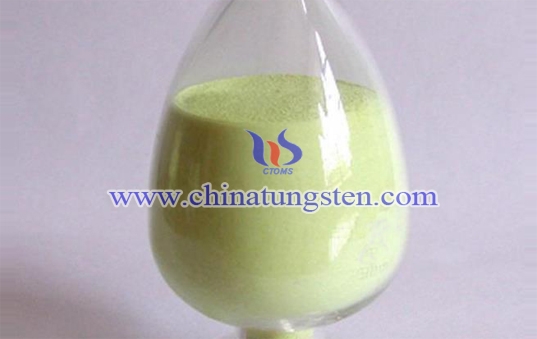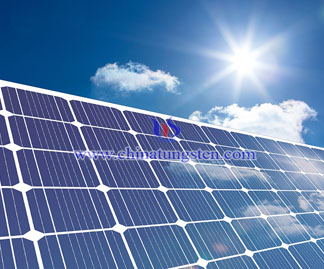Tungsten Oxide Application in Solar Cell

Tungsten Oxide Application in Solar Cell
Dye-sensitized and organic - inorganic perovskite have become the two types of thin-film solar cells with great development potential, due to the advantages of simple production process, high theoretical energy conversion efficiency, low cost, etc.. Currently, the energy conversion efficiency of DSCs and PSCs (PCE) has reached to respectively 13% and 19% through the continuous efforts of scientists around the world. Pair electrodes in the DSCs and back electrode in the PSCs are the important components of the whole photovoltaic device; they play the role of not only forming circuit, but also the roles respectively catalytic reducing the oxidation state of the electrolyte component and collecting cavities. Electrodes catalytic material of DSCs is typically Pt, back electrode of PSCs is generally Au or Ag.
However, there are many problems with these materials. First, Pt, Au, Ag is a precious metal which is expensive and limited reserves, and bound to affect the future large-scale production. Secondly, electrodes of Pt are easily corroded by I- / I3 in the DSCs electrolyte, while back electrode of Ag in PSCs is easily corroded by the organic-inorganic perovskite, thus affecting the stability of DSCs and PSCs. In order to improve stability and reduce the cost of DSCs and PSCs, developing a non-noble metal electrode and a back electrode material with highly efficient, low cost, corrosion-resistant is needed. At the same time we need to further investigate the role and mechanism of catalysis and the factors that influence battery materials in the device, so as to provide some theoretical guidance for the development of new materials.
Experiments developed a new tungsten trioxide pair of electrodes with cost-efficient, and study deeply its catalytic properties of mechanism and DSCs from three important angles of chemical composition, morphology, surface structure. To further reduce the cost of the battery, improve the stability, Pt-free and flexible ITO-free tungsten trioxide electrodes based on the cheap carbon electrode materials have been successfully prepared, and also studied their catalytic performance and DSCs in the proposed solid electrolyte. While the above-mentioned low-cost carbon materials through a simple solvent exchange method for the preparation of the organic-low conductive carbon paste inorganic perovskite solar system, which was successfully constructed based on the carbon back electrode HTM-free and Metal-free mesoscopic heterojunction solar cells perovskite and perovskite flat heterojunction solar cell, and a detailed study of the optoelectronic properties of the two devices, interfacial electron - hole separation and collection, long-term stability and other issues.

